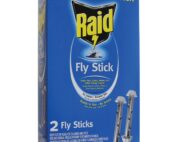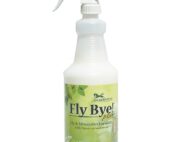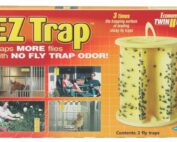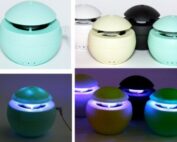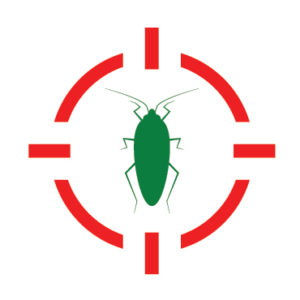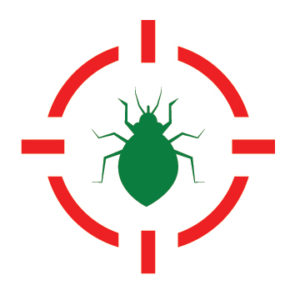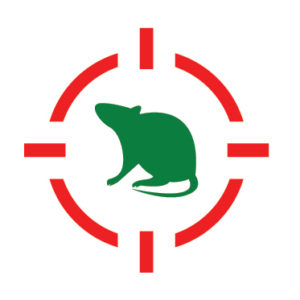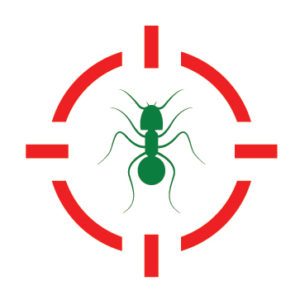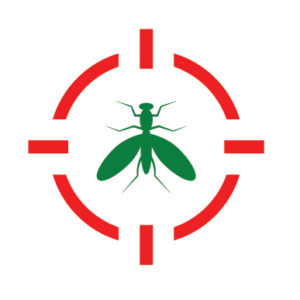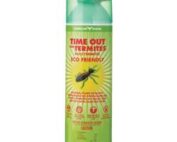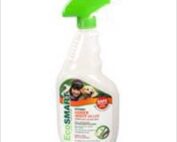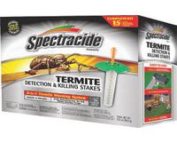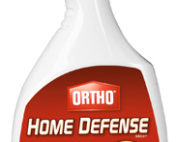WASPS
Wasp Control & Prevention
Wasps are a real scare to most people. With their tendency to set up nests near homes, these pests often fly around doors and other entryways invading your space and peace of mind. Wasps can cause intense panic among those afraid of their stings. However, what you may not know is that, there are different species of wasps and in fact, some varieties of wasps don’t even sting! Ironically, some wasps are essential predators that feed on other insects like house flies and garden pests. Therefore, it is important that you learn about the different species of wasps, their behaviors, and the best ways on how you can get rid of them in your home without getting stung.
Basic Information on Wasps
There are over 30,000 species of wasps, which are categorized as either solitary or social. The solitary wasps make up the majority of all wasp species, and they are known to live and survive alone. Examples include the hunting wasps and parasitic wasps. Social wasps in contrast, live together in colonies. As for social wasps, there are only about 1000 species, but social wasps are the type of wasps most people know and interact with. Examples include the yellow jackets, paper wasps, and hornets.
- Reproduction Facts
Wasps have four development stages: egg, larva, pupa, and adult. During the winter, the queen wasps often hibernate, only to reappear in the spring to form new colonies. A fertilized queen lays eggs in a continuous reproduction process that brings forth adult female workers. Consequently, the adult female workers take control of protecting the colony and finding food, as the queen lays other eggs. By the end of the summer, the colony will have thousands of wasps. Before the winter sets in again, males are produced to mate, and then the colony dies off.
- Habitat
All wasps live in nests, although their nesting preferences vary. Yellow jacket wasps and hornets prefer to live in meadows, woodlands, orchards, playgrounds, and urban settings. The nests are built on trees, or man-made structures such as house walls, overhangs, decks, and porch, among others.
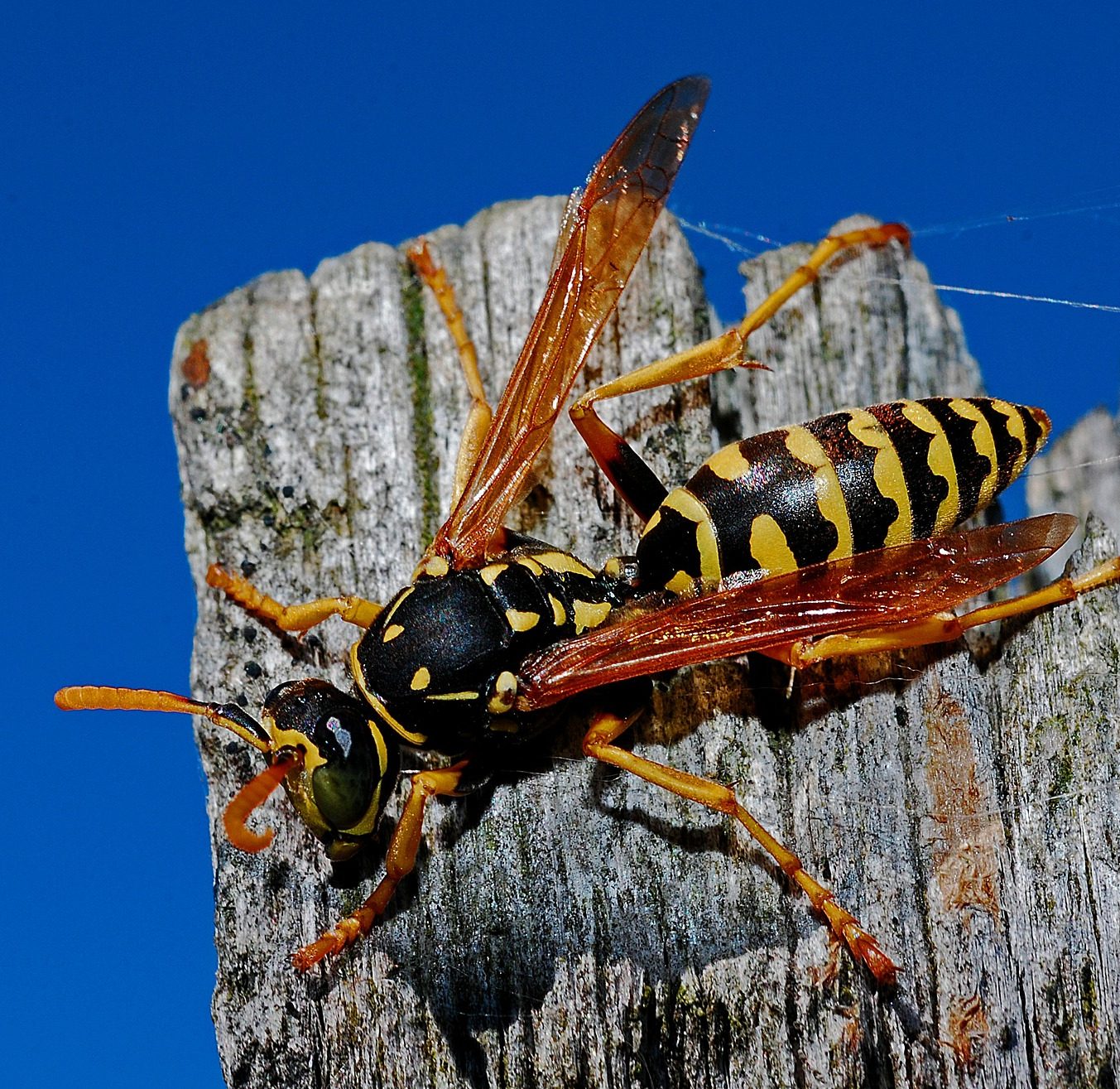
What Attracts Wasps
Wasps like to build their nests where there is;
- Insect Food Supply- Most wasps feed on insects, and your home will be a good nesting option for wasps if there are many insects around.
- Indoor shelter-When the queen wasp is looking for a nesting location, they prefer a place with shelter to lay her eggs away from the cold. Unfortunately, that shelter could also be your house.
- Corner Spots- Wasps like to build their nests in corner spots for better protection. They are therefore likely to be attracted to overhangs and porch ceilings in your home.
It is always wise that you involve professional exterminators in getting rid of wasps, as they are trained to use strong chemicals effectively with zero or minimal risks. They also know what to do if you’re dealing with multiple nests or one large nest.
Recommended Products
For your pest control needs
What are the different types of wasps and how to get rid of them?
Differences between Various Types of Wasps
Different species of wasps differ in characteristics as discussed below:
Yellow Jackets
- Size 3/8’’ to 5/8’’
- Black with yellow stripes
- They feed on spiders and insects, but can also eat human food, especially sweets and meats.
- They like to live around humans. They will build their nests in holes in walls, trees, and shrubs. During the day, they fly in and out, but are dormant at night.
- Their stings have venom and can cause allergic reactions.
Hornets
- Size 1.25’’
- They are black with yellow markings
- They are larger than other wasps and like to fly at night in groups.
- They mostly feed on other insects, such as flies, grasshoppers, yellow jackets, and bees. However, they also like to eat various fruits, tree saps, and honeydew.
- They build their nests in hollow locations, meaning that you will not find their nests in hanging trees or other unprotected areas.
- Their stings are highly venomous and will make your skin swell or itch for at least 24 hours.
Paper Wasps
- Size ¾” to 1”
- They are brownish-black in color with red or yellow markings on their head and abdomen.
- They prefer to build their nests on buildings, on the ground, or under eaves.
- Their nests are often made of paper
- Paper wasps will not sting unless they feel that their colony is under threat
How to Get Rid of Hornets, Paper Wasps, and Yellow Jackets
The following are the steps to follow when getting rid of the mentioned pests;
- Step 1: Wear Protective Clothing and Safety Gear
Before you think of getting rid of wasps, ensure that you are protected from stings. You should wear the following;
- Long pants
- Long sleeves
- Thick gloves
- Closed shoes
- Complete bee suit (if available)
Step 2: Treat the Nest and Remove it
If you know where the nest is located, you should treat it directly through drenching and dusting. It is recommended that you treat the nest in the evening or at night when the pests are dormant.
Drenching the nest entails using a pyrethrin aerosol and a liquid insecticide mixed with water to spray inside the nest and the area surrounding the nest. This kills all the adult wasps and all residuals that could later hatch into wasps. Once the product has dried, it will be easier to remove the nest. If you notice that there are remaining wasps in the nest even after the product has dried, spray the insecticide again after 14 days to ensure all wasps have died.
Dusting involves using a common household duster. Place insecticide formulated to kill wasps on a handheld duster with an extendable handle, and then apply it in the entrance of the nest before moving away quickly. Repeat this process until the nest has been thoroughly dusted.
Step 3: Remove the Nest
Once you are sure that the nest is fully treated, remove it and seal it properly before disposing of it.
Note: The mentioned steps require that you strictly follow the instructions in the insecticides’ manual. Therefore, it is advisable that the process is done by a trained exterminator to avoid any risks.
You can find a top-rated exterminator in our directory. Click Here.
ALTERNATIVE SOLUTIONS
Alternative do it yourself methods to help get rid of pests inside your home.
DIY Wasp Net Removal
While it is not recommended, if you are adamant about removing the nest by yourself, it is advisable that you:
- Devise a well-thought-out implementation and exit strategy
- Do the removal at night when wasps are more docile
- Wear protective clothing
- Keep children and pets away from the nest
- Avoid using flashlights as this may alert the wasps of your intentions
Steps to Follow:
- Approach the nest quietly;
- Spray a pest control product on the nest;
- Use a garbage bag to cover the nest fully
- Detach the nest from the place it is attached to
- Put the garbage bag in a can with a tightly fitted lid and dispose of it far away from your house
Note: Do not try the DIY nest removal process if the nest is in a place that you cannot comfortably reach, such as in high trees or eaves of a home, as this could lead to serious injuries.
Recommended Products
For your pest control needs
LOOKING FOR AN EXTERMINATOR?
SEARCH THE PEST EXTERMINATORS NEAR ME DIRECTORY.

